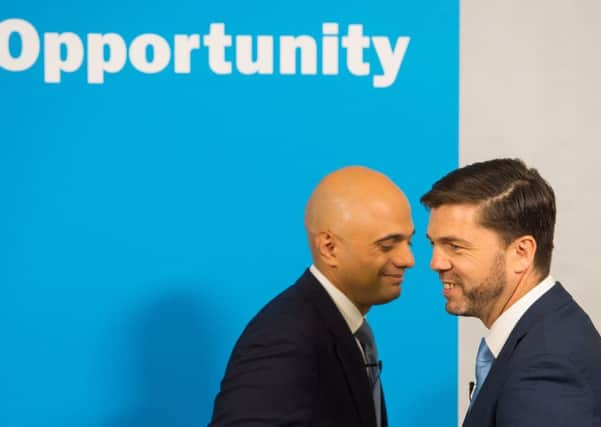Q&A: How and when new Prime Minister will be chosen


This is how will David Cameron’s successor be chosen...
• June 30 - At midday nominations close. There is no threshold for support beyond being formally proposed and seconded by fellow MPs, being willing to stand and agreeing to abide by the rules.
• July 5 - If there are more than two challengers, MPs begin to vote to whittle them down in consecutive rounds of voting on Tuesdays and Thursdays. The MP with the least support is eliminated each time until only a final pair remain. Candidates can voluntarily withdraw at any time.
Advertisement
Hide AdAdvertisement
Hide Ad• In 2005, Kenneth Clarke was the first to go out, followed by Liam Fox - who is making a fresh tilt this time - leaving Mr Cameron to battle it out with David Davis.
• Hustings are scheduled around the country for the rivals to go head-to-head with their pitch to party members. In 2005, there were 11 such events.
• The membership chooses between the two in a one-member-one-vote postal ballot. This was the system introduced under William Hague after the party’s crushing in the 1997 landslide that brought Tony Blair’s Labour to power. Previously the leader had been chosen by MPs. In 2005, Mr Cameron received 134,446 votes to 64,398 for Mr Davis. In total 78% of the 253,689 eligible voters took part. Party membership slumped during Mr Cameron’s tenure however, slipping to just 134,000 by 2013.
The party said it expected there to be around 150,000 eligible to vote this time.
Advertisement
Hide AdAdvertisement
Hide Ad• September 9 - the winner is announced. The timing - which was put back a week from the original proposal by the 1922 committee executive - will allow Mr Cameron to attend the G20 summit in China as one of his last major engagements.